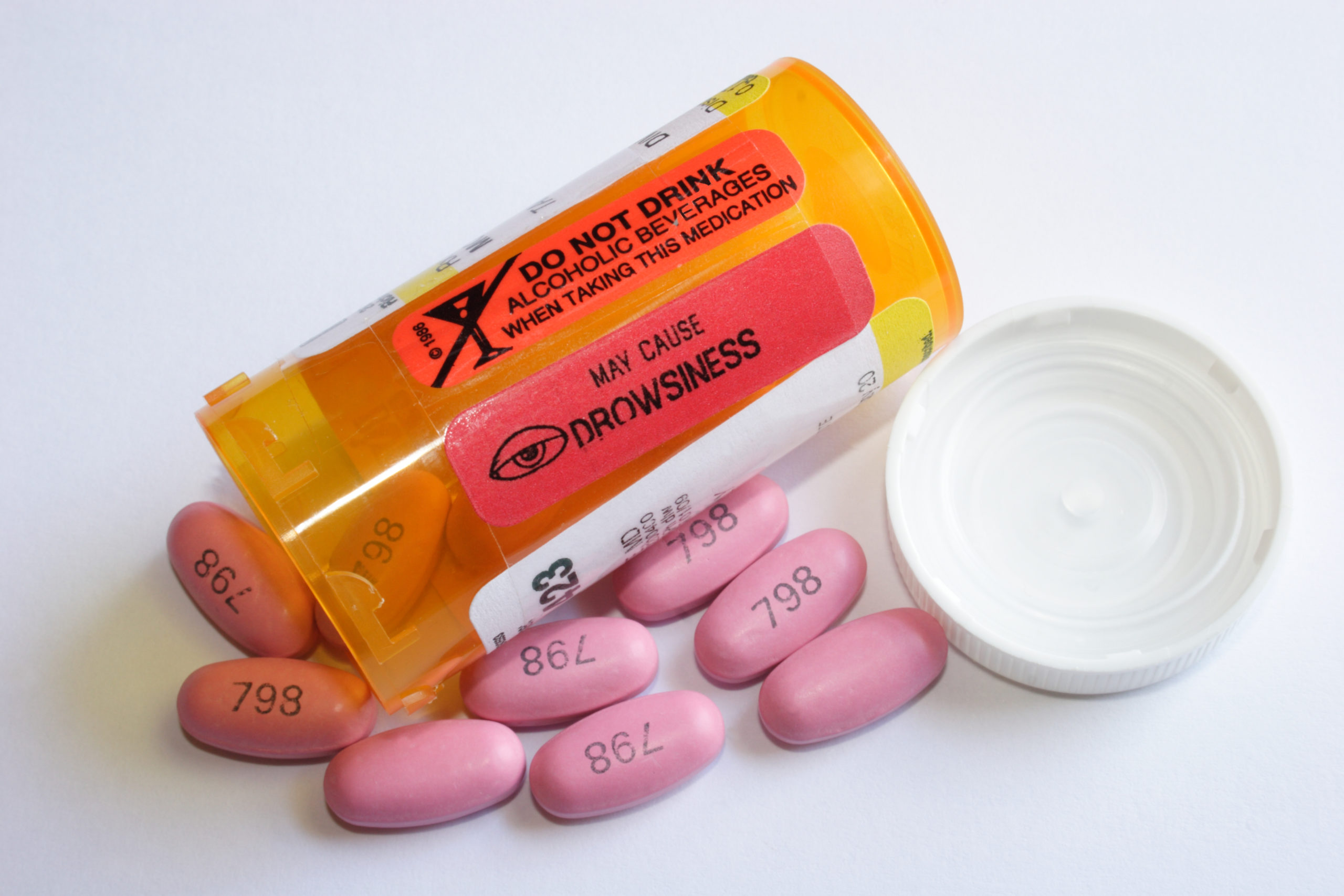
A systematic review published in Child’s Nervous System evaluated factors associated with and outcomes following hemispherotomy in children with drug-resistant epilepsy.
“Several variations of functional disconnection surgery have been described for the treatment of lateralized, hemispheric, drug-resistant epilepsy in children,” the study authors explained. “The purpose of this study is to investigate the existing literature regarding patient selection, approach, and outcomes after hemispherotomy.”
They performed a systematic review of literature published in English through February 2019. Articles were stratified based on level of evidence. Data on seizure and functional outcomes, surgical techniques, complications, and patient selection were analyzed.
Of 173 articles reviewed, 37 met the inclusion criteria; 13 studies had level III evidence, and the rest had level IV evidence. There were no significant differences between vertical and lateral hemispherotomy in terms of seizure freedom and functional outcomes. The researchers noted shorter operative times and less blood loss when using parasagittal and interhemispheric approaches. No correlations were observed between seizure or functional outcomes and etiology, bilateral MRI abnormalities, and nonlateralizing electroencephalogram.
“Both vertical and lateral hemispherotomy approaches result in durable, reproducible benefits to epilepsy severity and functional status in appropriately selected pediatric patients,” the researchers concluded.
Source: Child’s Nervous System (https://link.springer.com/article/10.1007%2Fs00381-021-05176-x)







 © 2025 Mashup Media, LLC, a Formedics Property. All Rights Reserved.
© 2025 Mashup Media, LLC, a Formedics Property. All Rights Reserved.